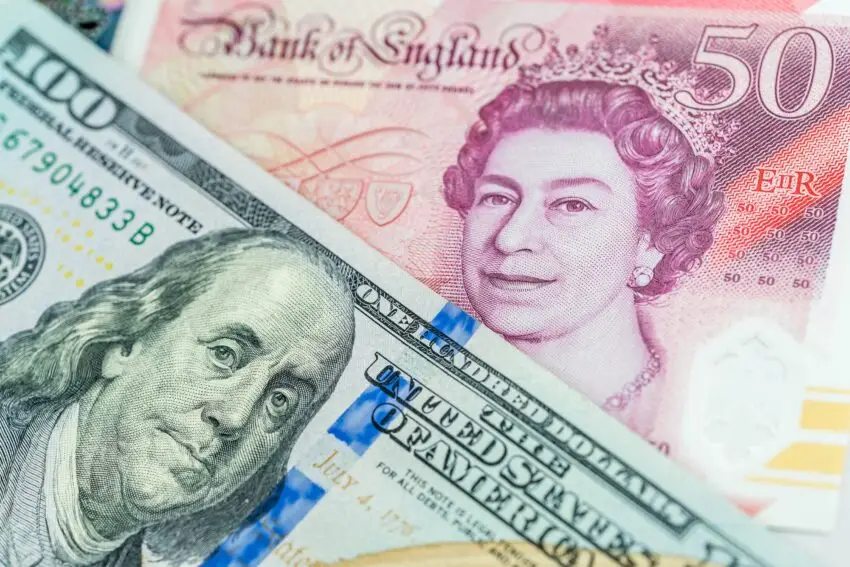Sterling has surged to its highest point in two years, reaching $1.331, following the Bank of England’s decision to keep interest rates steady. The currency also strengthened against the euro, touching €1.19, its most robust level since July.
The rise in the pound’s value came in the wake of the US Federal Reserve’s unexpected half-point rate cut earlier this week, which has influenced market dynamics. High interest rates typically enhance a currency’s appeal by attracting investors seeking higher returns. Despite the UK adopting a more measured approach to rate cuts compared to the US and the eurozone, market speculation points to only one further rate cut from the Bank of England in November. This expectation has maintained the pound’s competitiveness.
Analysts from Nomura suggest that sterling could climb to $1.35, a figure not reached since January 2022. Despite a dip in inflation to 2.2 percent, nearing the Bank’s 2 percent target, the Monetary Policy Committee indicated a gradual removal of policy restraint, predicting inflation may rise to 2.5 percent by the end of the year.
The Bank’s decision to pause further rate cuts has had a negative impact on UK government bonds, with 10-year gilt yields climbing by four basis points to 3.88 percent. Meanwhile, the FTSE 100 and FTSE 250 indices both experienced gains, closing up 0.9 percent and 1.6 percent respectively.
Nick Andrews, senior FX strategist at HSBC, offered a cautious outlook, warning that the pound’s recent gains might be temporary. He stated, “The outlook for the UK economy is likely to weaken relative to the US, which will weigh on the pound/dollar.” Andrews’ perspective underscores the uncertainty surrounding the UK’s economic prospects despite the recent surge in the pound’s value.
As the pound hits a two-year high, the Bank of England’s cautious stance on interest rates underscores the delicate balance between supporting economic growth and managing inflation. While the currency’s recent gains have generated optimism, experts advise caution due to potential economic headwinds.


